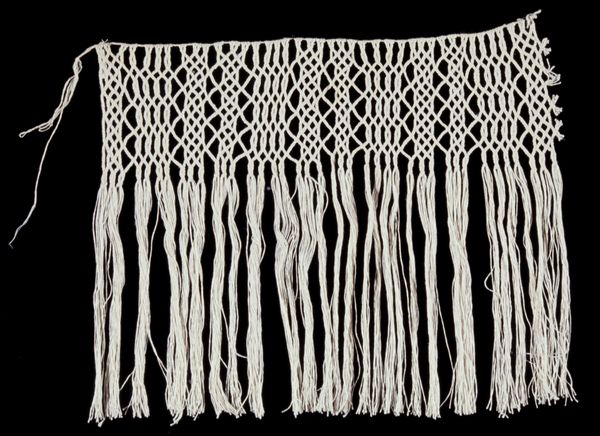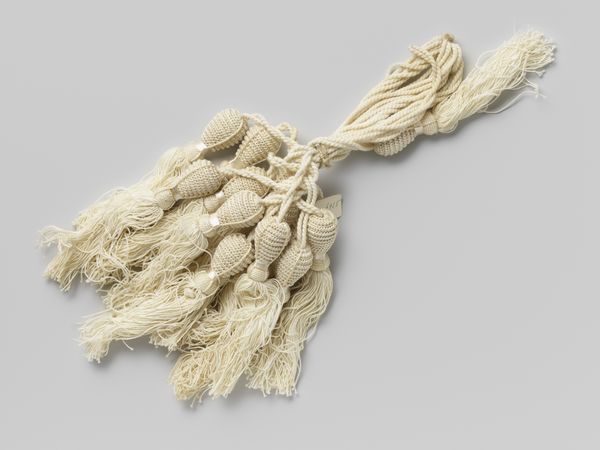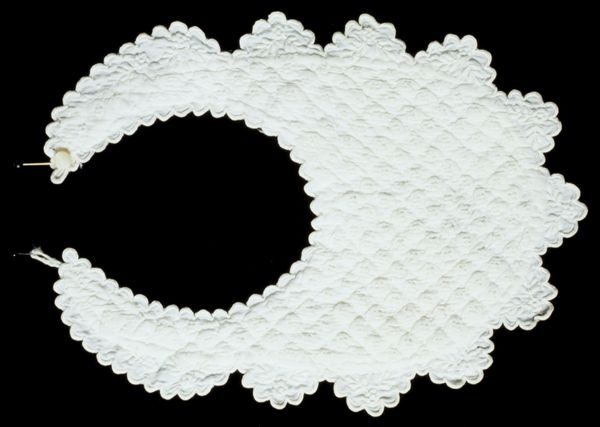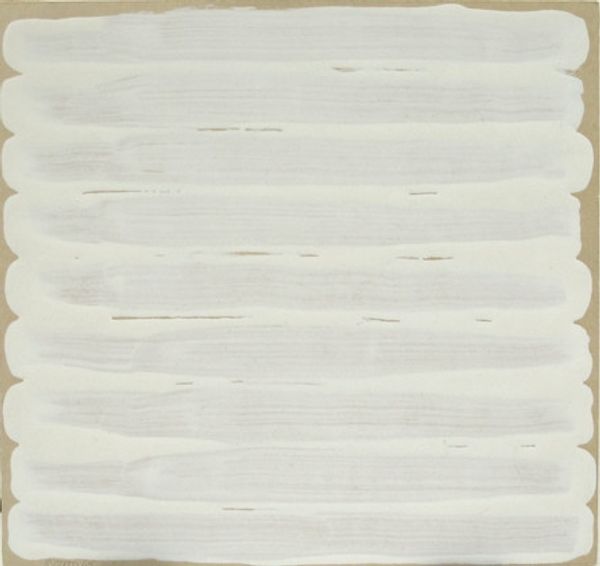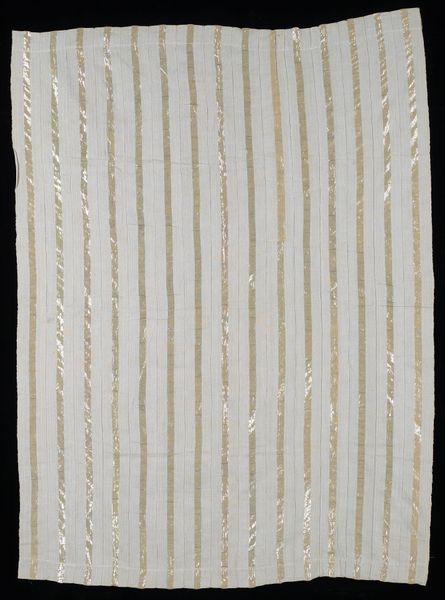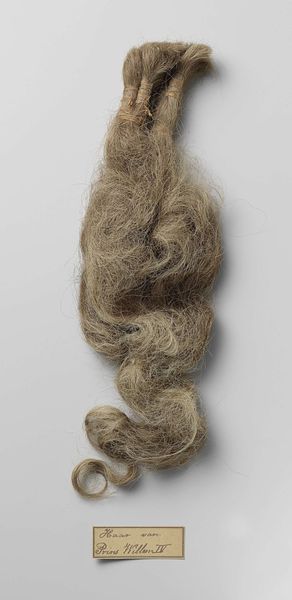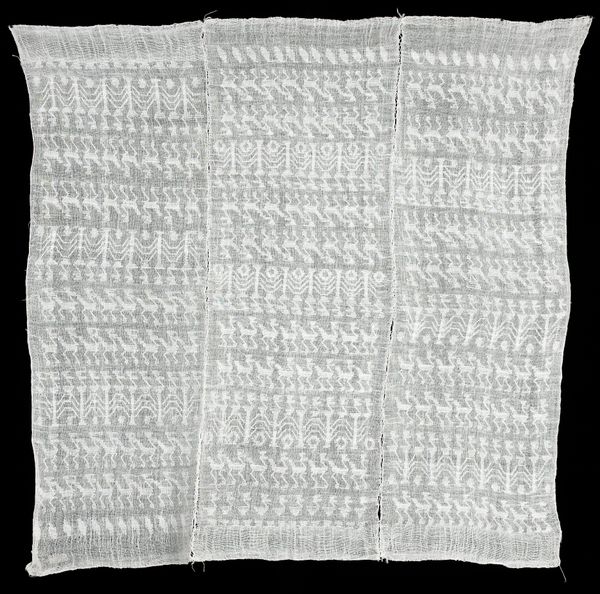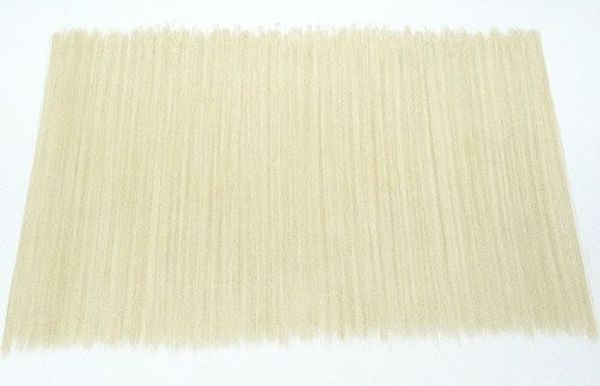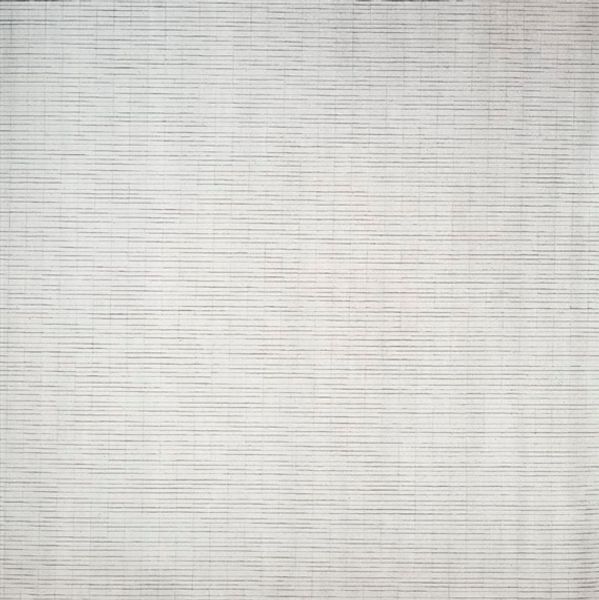
mixed-media, assemblage, textile
#
mixed-media
#
assemblage
#
textile
#
neo-dada
#
art-informel
#
matter-painting
#
abstraction
#
monochrome
Copyright: Piero Manzoni,Fair Use
Curator: Welcome! Before us we have Piero Manzoni’s “Achrome” from 1961. It’s a fascinating mixed-media piece, largely an assemblage of textile. Editor: My first thought? It reminds me of clouds... fluffy, innocent. Like a dreamscape rendered in something I want to touch. But it's all white! That feels…sterile, almost. Like a pristine yet slightly unnerving calm. Curator: Absolutely. The all-white palette, the monochrome, is key here. Manzoni was very involved in Art Informel, experimenting with materiality and pushing back against traditional forms of painting. He wanted to erase any kind of expressive gesture, focusing on the sheer presence of the materials themselves. Editor: Erase the artist…like wiping the slate clean! Is it meant to provoke? It sort of makes me think about how even absence can speak volumes. This absence of color...it’s so deliberate. Curator: That's insightful. His use of humble materials, like the textile here, was radical. Art history often overlooked such materials, which in the '60s were outside the scope of ‘high art.' Manzoni challenges the very definition of art by removing the artist's touch, forcing viewers to confront the inherent qualities of matter itself. Editor: It feels…raw, despite being this one solid color. Like peering beneath the surface and glimpsing a kind of elemental purity. It almost feels like a commentary on art’s obsession with itself. Maybe the absence of expression is an expression of...disgust? Curator: Many saw Manzoni's art as a commentary on the art world's commercialization. "Achrome" makes you wonder: what value can we assign to art devoid of overt skill or imagery? This question continues to resonate. Editor: Yeah, I can see that. It’s a brave move to present something so seemingly simple, almost...anti-art, in a way. But I find myself captivated. Its starkness makes me ask questions about art and, even, about myself. It’s strangely compelling. Curator: Ultimately, “Achrome" asks us to consider what it means to create, to appreciate, and what we project onto art itself. Editor: True. In the end, I think it encourages one to question and maybe redefine personal expectations about what makes something artistic or moving. A rather intriguing contradiction, isn't it?
Comments
No comments
Be the first to comment and join the conversation on the ultimate creative platform.
